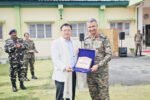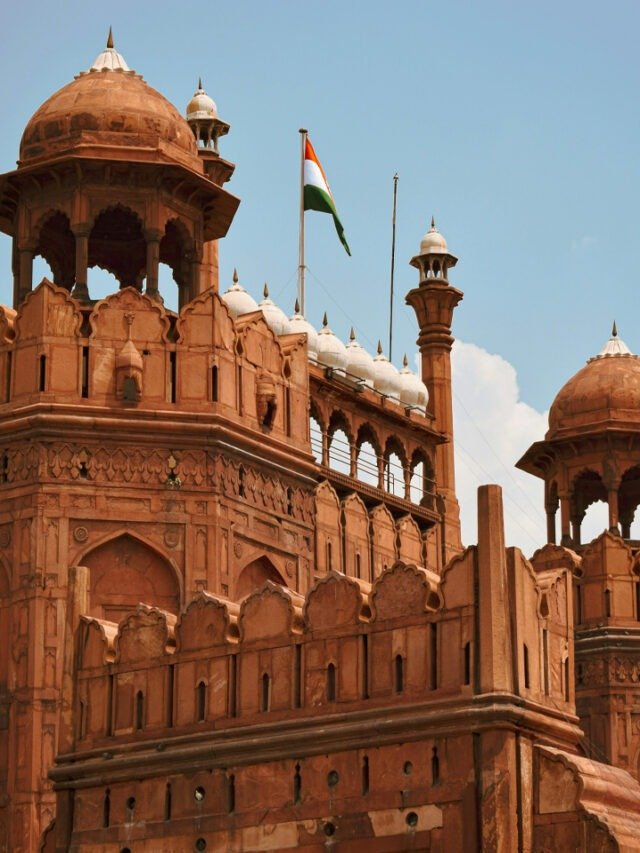HT Correspondent
SEPPA, Aug 11: The Indian Army’s Gajraj Corps, under the aegis of the Himalayan Warrior Brigade, in close coordination with the East Kameng district administration and the Indo-Tibetan Border Police (ITBP), convened a Military-Civil Fusion Conclave in Seppa to address the developmental, security, and resilience needs of this strategically important border district.
According to an official statement, the forum brought together the Deputy Commissioner, Superintendent of Police, senior commanders from the Army and ITBP, all departmental heads of the district administration, elected members, and prominent tribal leaders.
Their collective presence underscored the importance of a unified approach to ensure that development, security, and cultural preservation progress in harmony.
The Seppa conclave built on the momentum of the recent Bichom Military-Civil Fusion Conclave, advancing the collaborative framework for border development, disaster preparedness, and youth empowerment.
Key discussions focused on the creation and upgradation of dual-use infrastructure such as helipads, logistics hubs, and road networks to improve accessibility to remote areas.
Participants stressed that enhanced connectivity would not only facilitate faster troop mobilisation but also boost civilian mobility and economic opportunities.
Another major agenda point was vocational skill development and awareness about recruitment opportunities in the Armed Forces.
Senior officers encouraged the youth of East Kameng to see military service as both a career path and a means to serve the nation.
ITBP’s flagship initiative, Project Arunveer—which promotes the procurement of locally produced goods to strengthen the rural economy and integrate village enterprises into the security forces’ supply chains—was highlighted as a sustainable livelihood model with the potential to be replicated in other frontier districts.
The meeting also reviewed existing disaster response mechanisms, with a particular emphasis on inter-agency collaboration between the Police, ITBP, Army, National Disaster Response Force (NDRF), and State Disaster Response Force (SDRF).
Proposals included more frequent joint training sessions, public awareness drives, and improved communication readiness for rapid deployment in emergencies.
Educational representatives at the conclave advocated for increased student engagement through interaction programmes with Army Public Schools, noting the potential such exchanges have to inspire and motivate the younger generation.
Sports promotion was another priority, with the identification and structured grooming of local sporting talent earmarked for support so that promising athletes could access opportunities at higher levels.
Civil officials welcomed the proactive leadership of the Army and ITBP in bringing diverse stakeholders onto a single platform to discuss and address shared concerns.
They assured their full cooperation in translating the deliberations into tangible outcomes.
According to the official statement, the meeting concluded with a strong consensus to institutionalise such civil-military interactions as a regular feature.
This, participants agreed, would ensure faster resolution of challenges, close existing development gaps, and maintain East Kameng’s status as a secure, self-reliant, and forward-moving frontier district firmly integrated into the nation’s growth story.












